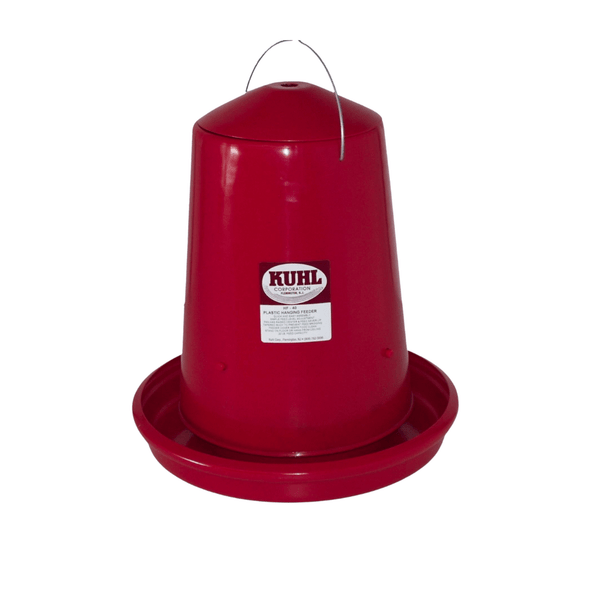Khaki Campbell Ducklings

- SKU:
- TECS-MF-KC
Description
The Khaki Campbell is one of the more famous and popular duck breeds due to its excellent egg production. It was introduced in 1901 by Mrs. Adele Campbell of Gloucestershire, England. She experimented with Runners crossed with Rouen and Mallards but never revealed the exact genetic makeup of her Campbells. The advantage over the pure Runner was a more useful carcass for meat and improved egg production. Though they have been turned into an exhibition type breed, she was adamant that her birds were designed for production, not the exhibition hall.
Initially they were a fairly mixed color breed but later an emphasis was placed on the current khaki color. It is interesting that at the same time the khaki color was being bred into the Campbell, there was a patriotic fervor for the British troops fighting the Boer War who also wore the khaki color. Once the "Khaki" was attached to "Campbell", the breed gained even more popularity. The Khaki Campbell gained even more renown due to the egg laying contests where it averaged up to 39 more eggs laid than the second best breed. One Khaki Campbell laid 346 eggs in 365 days while another laid one egg a day for 225 straight days!
Khaki Campbells gained even more notoriety with the standards established by the Jansen family of Holland who had up to 50,000 ducks laying at a time with egg production averages of 335-340 eggs in 365 days during the 1950s. They started in production at about 20 weeks of age and egg size averaged 72 grams (2.6 ounces). Mortality during growth and their first year of egg production was only 2.5%. Interestingly, each duck was penned in its own pen and shelter which surely contributed to their outstanding production. Eventually the Jansen flock was dispersed but the Khaki Campbell tradition was carried on by the Kortlang family in England who still breeds them.

















